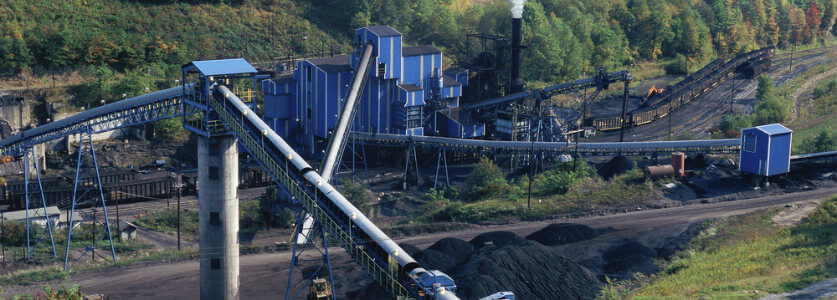Coal Bed Methane (CBM), also known as coal seam gas, has emerged as a crucial component of the global energy landscape, offering a cleaner alternative to traditional fossil fuels. As the world grapples with the challenges of climate change and seeks sustainable energy solutions, the CBM market has witnessed significant growth and innovation. This Research provides a comprehensive analysis of the Global Coal Bed Methane Market, delving into industry size, share, trends, opportunities, and forecasts segmented by technology, application, region, and competition for the period 2020-2030.
Market Overview:
The Global Coal Bed Methane Market is propelled by advancements in extraction technologies, increasing energy demand, and a growing focus on reducing greenhouse gas emissions. CBM, primarily composed of methane, is extracted from coal seams through various techniques, including hydraulic fracturing, horizontal drilling, and CO2 sequestration. It finds applications across industrial, power generation, transportation, commercial, and residential sectors, offering a versatile energy source with lower carbon footprints.
Segmentation:
- By Technology:
- Hydraulic Fracturing
- Horizontal Drilling
- CO2 Sequestration
- By Application:
- Industrial
- Power Generation
- Transportation
- Commercial
- Residential
- By Region:
- North America
- Europe
- Asia Pacific
- Latin America
- Middle East & Africa
Market Dynamics:
Several factors drive the growth of the Global Coal Bed Methane Market:
- Environmental Concerns: The shift towards cleaner energy sources and the need to reduce carbon emissions have bolstered the demand for CBM as a low-carbon alternative to conventional fuels.
- Technological Advancements: Innovations in extraction technologies, such as hydraulic fracturing and horizontal drilling, have improved the efficiency and cost-effectiveness of CBM extraction, driving market growth.
- Energy Security: CBM offers an indigenous energy source, reducing reliance on imported fuels and enhancing energy security for countries with significant coal reserves.
- Regulatory Support: Supportive regulatory frameworks, including incentives for renewable energy adoption and emissions reduction targets, have incentivized investments in the CBM sector.
Opportunities and Challenges:
- Opportunities: Rapid urbanization, industrialization, and infrastructure development in emerging economies present significant growth opportunities for the CBM market. Additionally, technological advancements and research initiatives focused on enhancing extraction efficiency and mitigating environmental impacts open new avenues for market expansion.
- Challenges: Environmental concerns related to water usage, methane emissions, and land disturbance associated with CBM extraction pose challenges for market players. Additionally, regulatory uncertainties, public opposition, and fluctuations in global energy prices could impact market growth.
Regional Outlook:
- North America: The region dominates the global CBM market, driven by extensive coal reserves, supportive regulatory policies, and technological expertise.
- Asia Pacific: Rapid industrialization, urbanization, and energy demand in countries like China and India make Asia Pacific a lucrative market for CBM development.
- Europe: Stringent environmental regulations and a growing emphasis on renewable energy sources drive CBM market growth in Europe, despite limited coal reserves.
Competitive Landscape:
The Global Coal Bed Methane Market is characterized by the presence of both established players and new entrants striving to capitalize on emerging opportunities. Key market players focus on technological innovation, strategic partnerships, and market expansion to gain a competitive edge. Collaborations between industry stakeholders, research institutions, and government agencies play a crucial role in driving innovation and addressing market challenges.
The Global Coal Bed Methane Market presents immense opportunities for sustainable energy development and decarbonization efforts worldwide. With advancements in extraction technologies, supportive regulatory frameworks, and growing environmental awareness, CBM emerges as a viable solution to meet energy needs while reducing carbon emissions. However, addressing environmental concerns, navigating regulatory complexities, and fostering innovation are essential for unlocking the full potential of the CBM market and accelerating the transition towards a cleaner and more sustainable energy future.














